A long-awaited pilgrimage to one of golf’s hallowed sites, Augusta National — with some memorable side stops along the way
By Gary Baines – 4/19/2022
Ten states crossed. 3,656 miles driven. Many sites visited — including Augusta National Golf Club for the first time.
All in all, it was a very memorable week for me earlier this spring — a mixture of pilgrimage and checking off a couple of items on my personal bucket list.
I have no idea if it’s true, but in my mind it seemed to be: For a sports writer who has covered golf consistently for nearly four decades, I must have been the only person never to have set foot on the grounds at Augusta National Golf Club.
But I was determined to rectify that situation — without asking any favors from well-connected friends or associates, and assuming the good folks at ANGC were willing.
Having seemingly missed the boat in not requesting media credentials for the inaugural Augusta National Women’s Amateur in 2019, when Colorado native Jennifer Kupcho claimed the title, this year seemed like a good time. I also had never applied for credentials for the Masters because it was hard to justify with my work duties here in Colorado and players with strong local ties seldom considered among the pre-tournament favorites since the mid-1980s.
But with a record four Colorado junior golfers having qualified for the Drive, Chip & Putt National Finals that Augusta National hosts, this year made sense to cover the event — and to finally see the grounds of the one course that annually hosts a men’s open-age major championship.
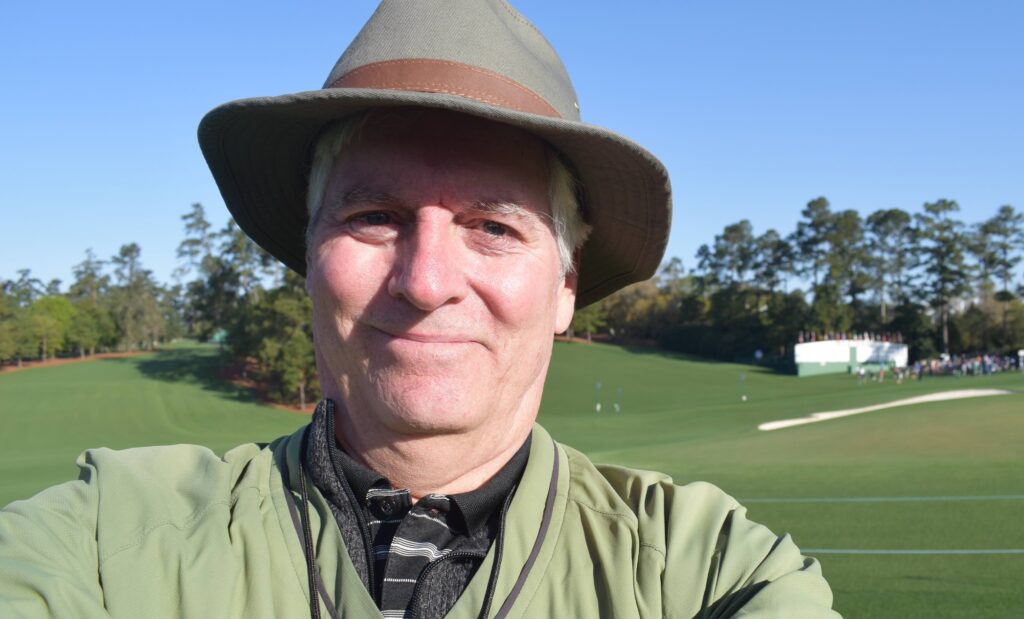
So a few months ago I applied for media credentials for the DCP National Finals — and was approved, which put a big smile on the face of yours truly. Since finally getting the opportunity to play Pebble Beach Golf Links in 2014 thanks to the generosity of my oldest daughter, Laura, Augusta National was the course in the world I most wanted to see in person.
With the credential part set, I decided to combine the trip with another item on my longtime to-do list. I’m a big history buff, with one area of particular interest being the Civil War. (It should be noted that I’m a firm believer that Ken Burns’ 1990 PBS series on the Civil War remains the finest TV program ever produced.) So I decided to drive from Colorado to Augusta, Ga., picking out a few prominent Civil War sites that weren’t far off the route.
I settled on Shiloh in southern Tennessee, where Ulysses S. Grant led the Union forces to a major victory in 1862; Andersonville in southern Georgia, probably the most infamous of the Civil War prison camps; and Vicksburg in western Mississippi, where Grant and the Union earned another pivotal victory, via battle and siege, in 1863.
And though I’ve traveled extensively by car in the western U.S. — make that EXTENSIVELY — I hadn’t logged many road-trip miles in the Deep South. There was a venture — via rental car — through Florida and Georgia 20 years ago, then a trip from Atlanta to Charleston, S.C. and beyond (in which we stayed in Augusta, but didn’t get on the club grounds) several years ago. But on this spring’s trip — to the best of my knowledge — I visited four states to which I’d never been before: Tennessee, Mississippi, Alabama and Louisiana.
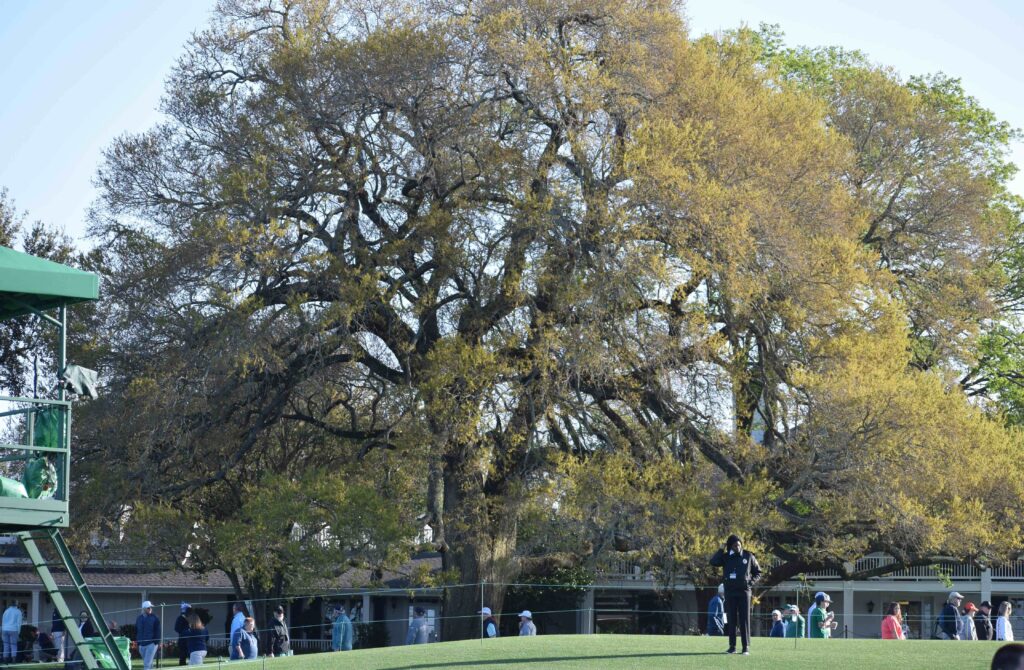
So I embarked on this long-awaited journey — one that would last almost exactly a week — on March 31. My wife, a veteran of too many road trips in her life, took a pass on coming along. So I packed up my trusty Mazda 3 and was on my way. Here are some of my observations along the way — both as a first-timer at Augusta National and regarding several of my other stops, some prominent, some far more obscure.
I’ll start with Augusta National Golf Club since that was the original reason for the trip. And let me note that I’m sure these perspectives aren’t unique, but I’m offering them as a person that was setting foot on the club grounds for the first time after having watched the Masters on TV consistently for almost five decades:
— Perhaps my biggest takeaway was that some areas of the course which I thought I knew like the back of my hand seemed virtually unrecognizable when few people were around. I arrived at the club a little after 6 a.m. on the day of the Drive, Chip & Putt National Finals (April 3), and ventured out on the grounds not long thereafter. I walked by the 18th green, looking back down the fairway, and it took several minutes for me to recognize it for what it was with few spectators around it.
— The grounds are much more expansive than I anticipated — and it should be noted that on that day my access was pretty limited as the course was largely closed to media and spectators. But just seeing the press facility, practice areas, concessions/golf shop corridor, putting green, the main areas near the clubhouse and the first, ninth, 10th and 18th holes gave a much different perspective on the club and its “footprint.”
— Speaking of that, as a Masters TV viewer you’re used to seeing the same things from largely the same vantage points year to year at Augusta National. (Though I will give CBS some credit this spring for giving us looks at the Crow’s Nest and champions locker room.) But being there in person, it’s enlightening to view things that TV rarely, if ever, shows viewers.
— From my limited experience being on the grounds for less than 12 hours, the folks playing all the various official tournament roles at Augusta National seem almost unfailingly courteous and friendly. When simply walking past patrons on the grounds, these officials seem to make it a point to say hello and make eye contact. It’s enough to make a lasting impression.
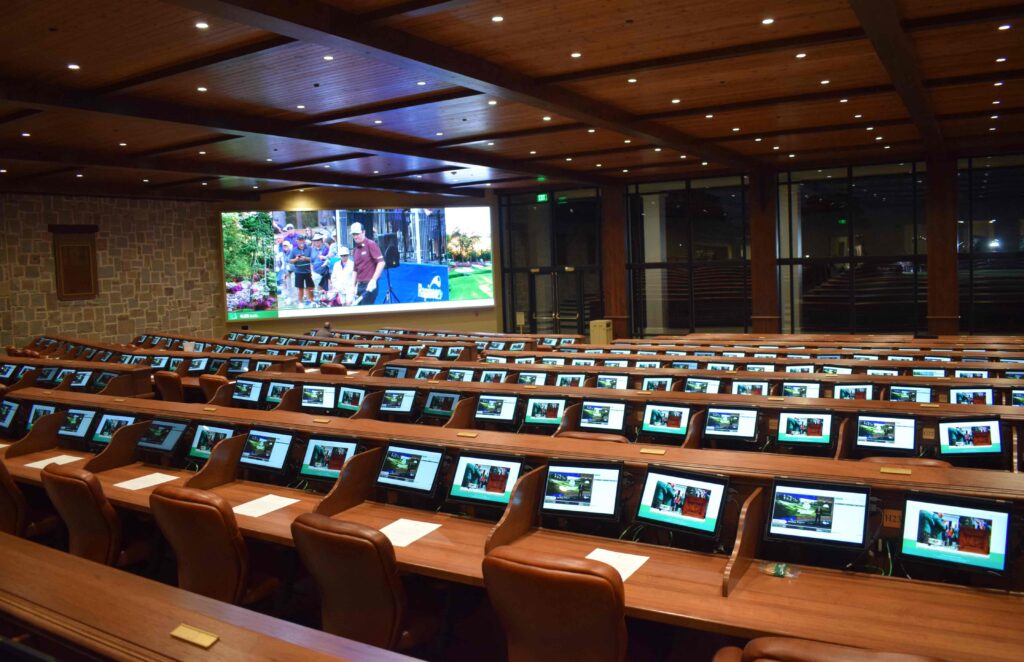
— I certainly don’t pretend to be the most traveled of golf writers, but I’ve covered U.S. Opens, PGA Championships, U.S. Women’s Opens, U.S. Senior Opens and quite a few PGA and LPGA events. And the relatively new (2017) two-level press facility at Augusta National is unbelievably impressive. There may be one better in the world of golf, but I doubt it. There’s a state-of-the-art amphitheater working area — about 350 leather chairs in all, each station with two monitors — with two large video screens and picture windows that overlook the range and practice area; a full-service restaurant; a separate grab-and-go food area; a terrace for outside dining; a big interview room; locker rooms; a conference room; studio/sound booths; and a “newsstand” with numerous publications, bulletins, transcripts and other information. It’s a press building befitting a golf event that arguably draws more media attention than any other.
— Many stories over the years have made note that cell phones are not allowed on the course at Augusta National, nor in many area on the grounds. While admittedly inconvenient at times, the policy is a breath of fresh air at this time when many people seemingly are tied to their phones with a Gordian knot. It’s not many places in public these days when you look around and not a single person is on his or her cell phone.
— And one last thing regarding Augusta National: It was a rather odd experience reporting on Kupcho’s victory in a women’s major — the Chevron Championship in Rancho Mirage, Calif. — on the same day I was at Augusta National, where Kupcho won the first Augusta National Women’s Amateur almost exactly three years earlier.
As for the non-golf-related stops on the trip, some quick tidbits:
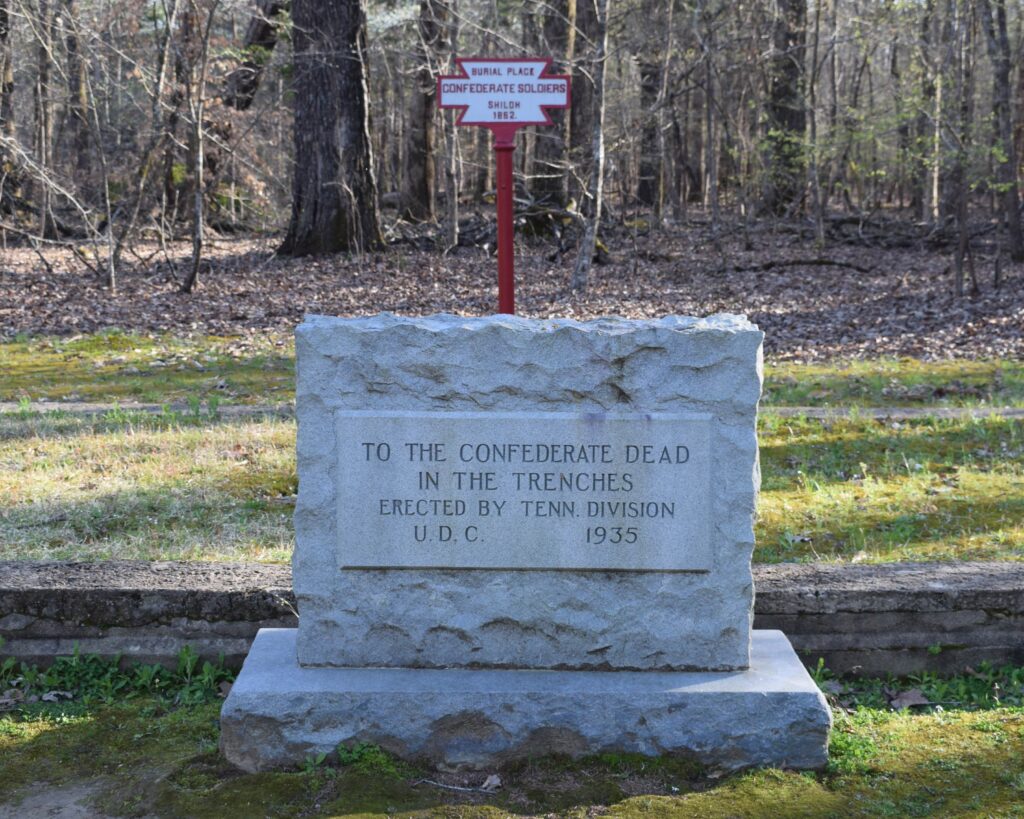
— I happened to come to Shiloh in the days heading up to the 160th anniversary of the battle. Suffice it to say that the Civil War re-enactors, all in period uniform, were out in force that day. On a much more somber note, after seeing some of the mass burial sites of soldiers on the battleground, it’s mind-numbing to think of the number of deaths that occurred in such battles. At Shiloh, almost 50 percent more combatants died in two days of fighting than American service members did in roughly 20 years of the war in Afghanistan.
— Not far from Shiloh, I spent the night in Muscle Shoals in the northwest portion of Alabama. Remembering a documentary I saw about the rock band Lynyrd Skynyrd and the work they’d done in Muscle Shoals, I paid a visit to the site of the Muscle Shoals Sound Studio. Later, I looked up some of the songs that had been recorded there during the late 1960s and through the ‘70s. Pretty impressive list: Brown Sugar and Wild Horses (Rolling Stones); Old Time Rock and Roll, Night Moves and Katmandu (Bob Seger); and Kodachrome and Loves Me Like a Rock (Paul Simon). In some respects, it’s not unlike what went on, musically, at Caribou Ranch near Nederland in the ‘70s.
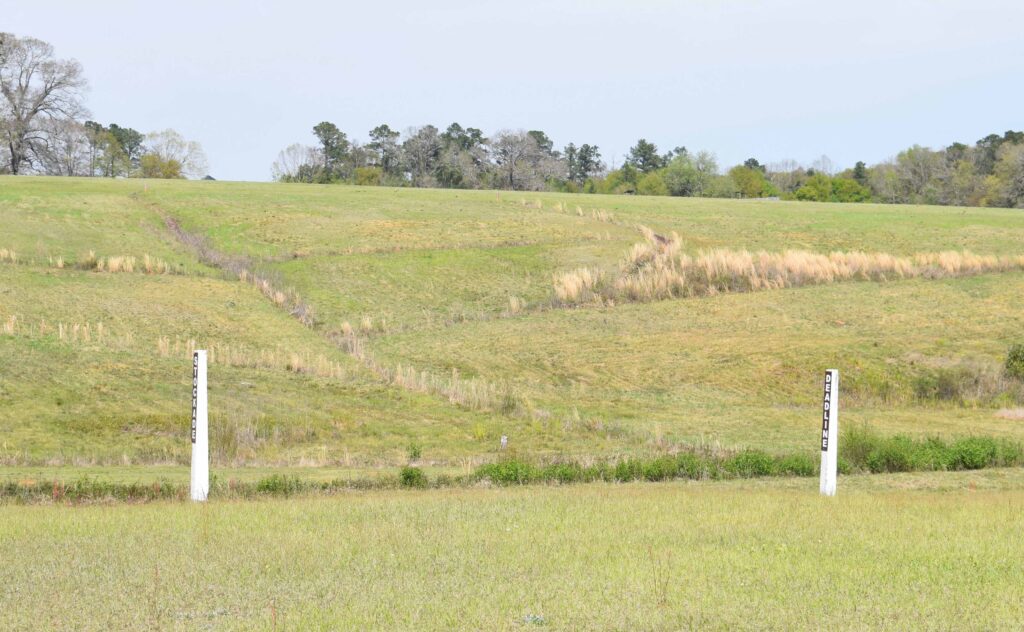
— In a similar, but different, vein as Shiloh, observing and reading about conditions at the prison camp in Andersonville was shocking by modern-day standards. Besides having to deal with the foul water contaminated by human waste, overcrowding, lack of food, raidings by fellow Union prisoners and the threat of being shot/killed if trying to escape, one thought stood out: In the middle of a field with no shelter provided by the Confederates, enduring the unrelenting sun, heat and humidity of a south Georgia summer day after day after day is hard to comprehend. It’s little wonder why almost 13,000 prisoners died at the site in just 14 months in 1864 and ’65 — a 29 percent death rate. Some people may only know of Andersonville from a reference in a scene from the Clint Eastwood movie the Good, the Bad and the Ugly, but few depictions in popular culture of what happened at the camp do it justice.
— While scoping out my trip, I noticed that very close by Andersonville were two Georgia towns that may mean little to folks much younger than me, but that caught my eye: Americus and Plains. With a minimal sidetrip involved, I visited both. Americus was the hometown of longtime Broncos head coach Dan Reeves, who passed away earlier this year. And the much-tinier town of Plains — and the surrounding area — was where former U.S. President Jimmy Carter grew up, and still lives, at least most of the time.
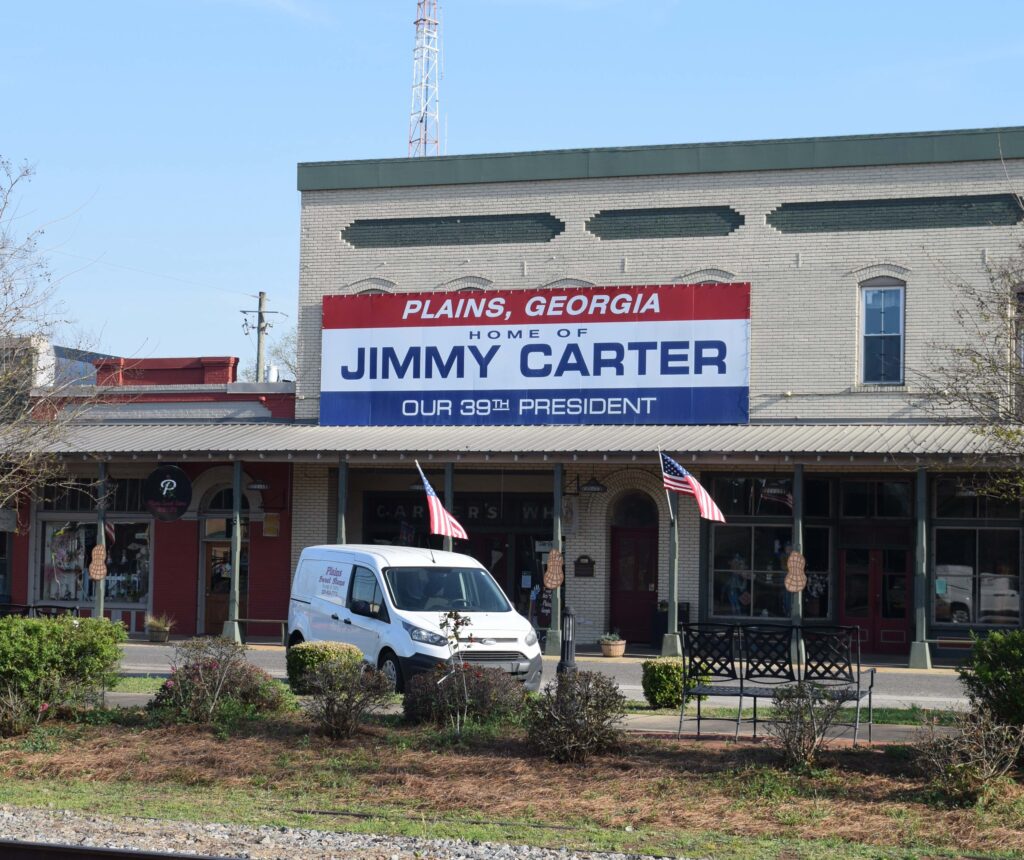
As you might imagine for a town of a little more than 700 people, Plains takes considerable pride in being Carter’s hometown. The city limits signs make note of it. There’s a huge sign and a mural near on a building near the town center that pays tribute to Carter. A visitor’s center makes note of some historical buildings linked to the 39th president, including where he grew up in nearby Archery, Ga., and the current compound of Jimmy and wife Rosalynn. I’ve toured similar sites related to other presidents, and it’s interesting to get a better feel for what made these prominent leaders tick, whether they performed well or poorly in office. Regarding Plains, farming in south Georgia during the summer I’m sure was no easy task, and living during the Depression in the relative remoteness of Archery and Plains was no doubt formative.
— Like the previous Civil War sites I visited, touring Vicksburg also fed my history-buff tendencies — and was another example of how big a toll the Civil War took. But that stop was also notable because this trip marked the first time I’d laid eyes on the Mississippi River. Of course, I’ve seen major rivers in Colorado and the West such as the Colorado and the Platte, but the Mississippi put things into perspective, it being one of the biggest rivers in the world. And, though I didn’t know it at the time, when I was checking into my (not-so-nice) motel in Vicksburg, the Mighty Mississippi flowed just a few hundred feet from the far side of the parking lot — not far from the Waffle House, those all-too-prominent establishments in the South. Catching a view of the river at sunset seemed like an odd backdrop for a motel lucky to receive a two-star rating.
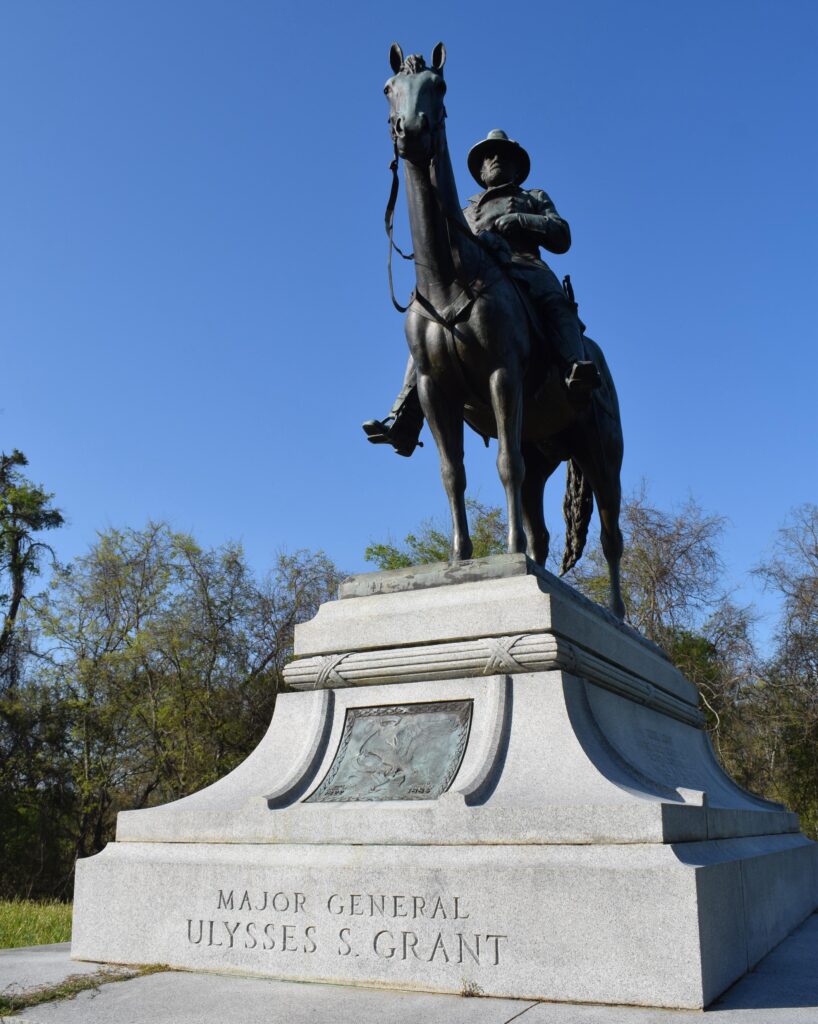
From there, I faced 1,182 miles back home to Boulder County. The logical thing would have been to break that trip into two parts. But, not being all that enamored by the possible overnight stops that scenario presented, I set my sights on breaking my personal record for number of miles driven in a 24-hour period. (I know — I was hard-pressed to amuse myself at this point.)
Eclipsing a Palm Springs-to-Boulder County drive I made with my wife a few decades ago, I was off through Louisiana, Texas, New Mexico and southern Colorado. With a 90-minute cat nap in a rest stop somewhere near Walsenburg, I arrived home 21 1/2 hours after departing Vicksburg, in the wee hours of April 7.
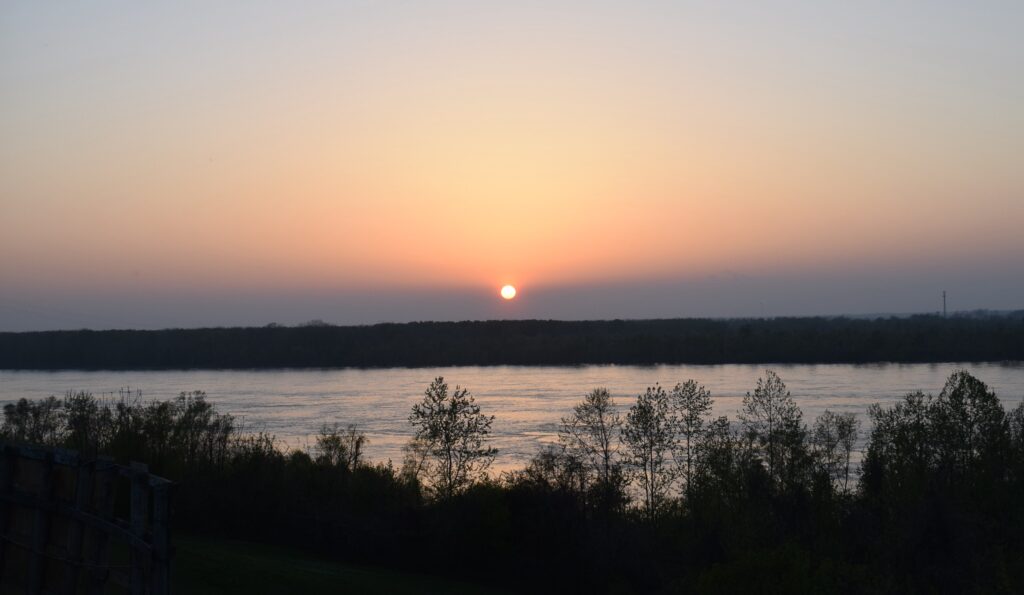
Not surprisingly, it took a day or two to recover. But the experience of my weeklong odyssey is one I won’t soon forget.
Now … what’s next on the bucket list?







